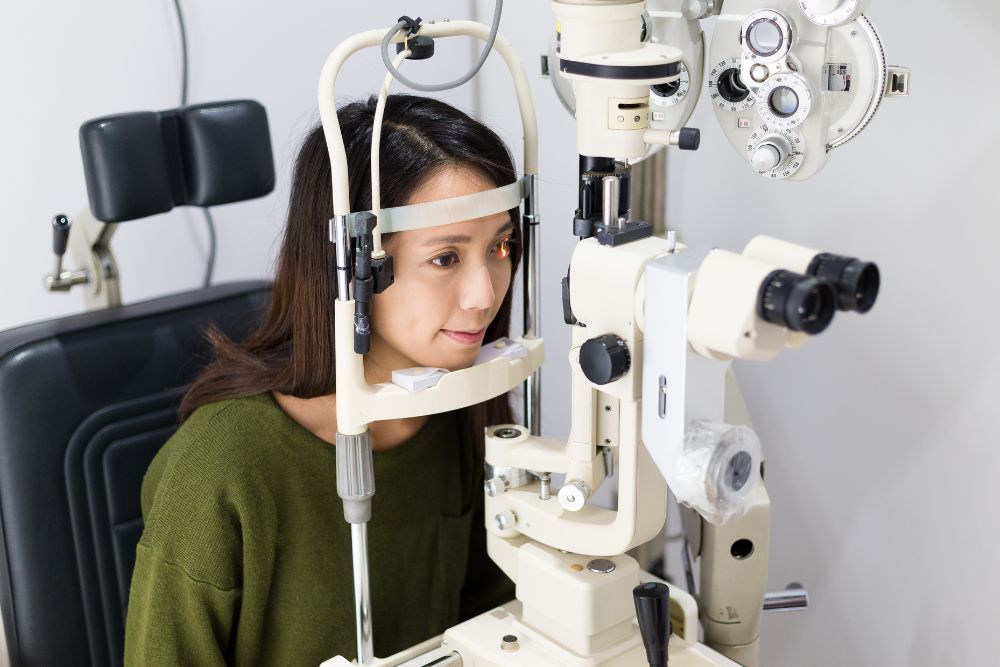Regular Eye Exams Are Crucial With Diabetes: Here's What You Need To Know

If you have diabetes, taking care of your health can take up a good deal of your regular routine, with the need to take medications, eat well, and ensure your general health status. However, are you taking care to maintain your vision health? Diabetes can impact your vision in various ways, including a serious complication known as diabetic retinopathy, the rates of which are much higher than previously thought.
The Influence Diabetes Plays On Vision Health
According to the Centers for Disease Control’s (CDC) National Diabetes Statistics Report for 2022, there are about 37.3 million cases (11.3% of the U.S. population), representing all social, economic, and ethnic backgrounds. While harmful to the entire body, for the eyes, diabetes increases your risks for such disorders as:
- Cataracts, in which the eye’s lens becomes cloudy
- Macular edema, swelling within the macula, the retina’s center
- Vitreous hemorrhage, bleeding within the vitreous, the jelly-like substance filling most of the eye
- Neovascular glaucoma, a destructive condition in which new blood vessels develop on the iris, the colored tissue at the front of the eye
However, diabetic retinopathy, the leading cause of blindness in individuals 20-74 years old, could be the biggest threat. With this condition, diabetes gradually raises blood glucose levels, damaging the retina’s tiny blood vessels. In 2021, almost 10 million Americans with diabetes also had diabetic retinopathy, much higher than previously reported.
Comprehensive Eye Exams and Screenings: Diabetes “Must-Haves”
Regardless of age, diabetic retinopathy rates are increasing due to a lack of proper diabetes management, including taking insulin and other prescribed medications, as well as maintaining a healthy weight, glucose, and cholesterol levels. However, a good deal of its prevalence is associated with patients not getting regular eye exams and screenings. As few as 15% of diabetes patients have their annual exam, and once common visual symptoms appear, including eye floaters, unusual bleeding, or retinal swelling or scarring, treatments may not be as effective. That makes it even more important to tell your ophthalmologist about any symptoms. Once treatment begins, you’ll be more likely to delay or stop the progression of vision loss and preserve your vision.
As for the frequency of exams, it’s recommended that with diabetes – whether type 1 or 2 – you should have a comprehensive dilated eye exam at least once a year. For anyone else, if over 40, an exam every 2-4 years is advised, and then once every 1-3 years after the age of 54.
The Diabetic Eye Exam: What It Entails
During a diabetic eye exam, your eyes are dilated with special eye drops to widen your pupils and offer an unobstructed view of the back of the eye, including the retina. During this exam, an ophthalmic technician takes a detailed medical history and performs visual screening tests and other diagnostic techniques.
You should tell the ophthalmologist about any visual changes, including sudden changes or blurry, spotty, or hazy vision. For certain symptoms, like dark, floating spots or cobweb-like streaks, you may require immediate medical treatment. If diabetic retinopathy or another condition is diagnosed, they’ll craft a treatment regimen. Often, regular monitoring may be the only available treatment.
Schedule Your Annual Diabetic Eye Exam
As anyone with diabetes can develop diabetic retinopathy, a potentially serious condition, annual comprehensive, dilated eye exams and screenings are essential. If you’d like to schedule an exam, or for general retinal questions, we encourage you to schedule a consultation with Retina Group of Florida.

